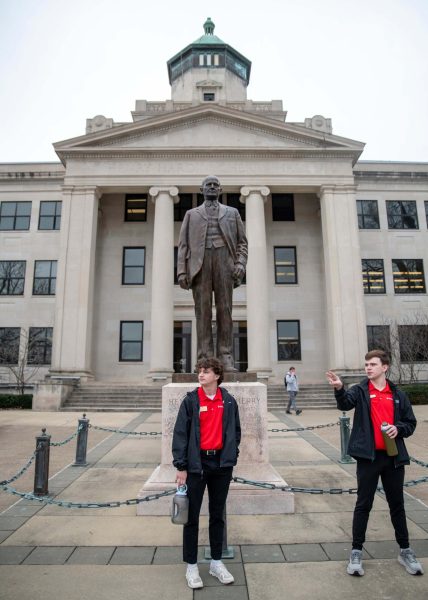
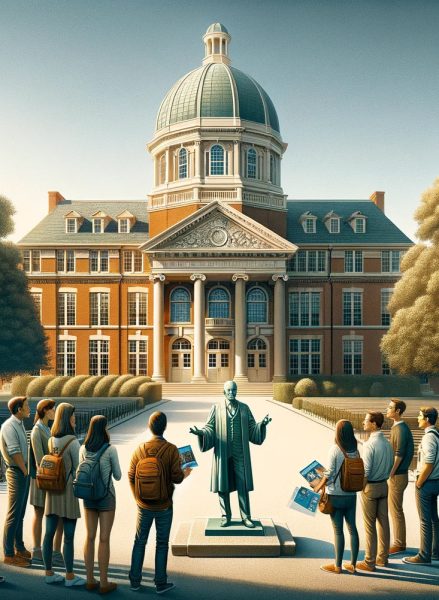
AI’s image generating capabilities have become more accessible in recent months. The Herald decided to test these capabilities by attempting to recreate photos of a WKU campus tour.
A three picture package of campus tour guide of Rush Robinson, a sophomore psychology, philosophy and sociology triple major, and Nate Partin, a junior health sciences major, was created with the intent to be recreated.
Tour guides were chosen because the images would contain well-known and commonly documented places around campus.
“I wanted to be an admissions ambassador to not only give back to the university that has given me so much, but to ensure that one of the first faces prospective students see is one full of energy and excitement,” Robinson said.
Since its founding in 1906, WKU’s campus has had thousands of images taken and published of the hill. So, in theory, the models would have a plethora of content to choose from. AI models like DALL-E by OpenAI draw their information from images and text on the internet.
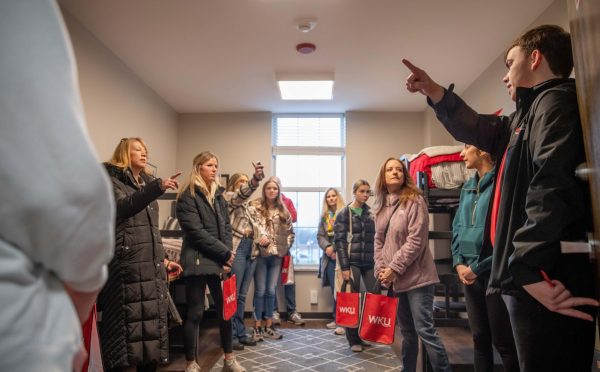
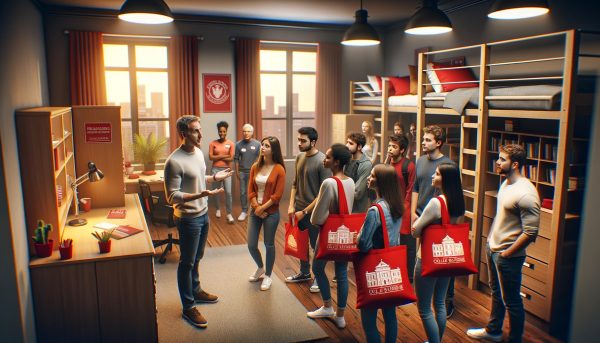
The imaging software was used to generate three new images. When first prompted, it responded stating that it could not do what was asked of it.
“I’m not able to duplicate or make exact copies of existing images. My capabilities are focused on creating new images based on descriptions provided,” DALL-E said.
Since the software cannot take an image and completely copy it, users must rely on descriptions of the scene they are attempting to recreate. Since the AI software cannot read between the lines, when it was prompted to add more people to an image of a dorm room, it added 50 people instead of five.
Since most people do not have much experience with using the AI, trial and error is the user’s best friend. Sometimes the prompts would work perfectly, and other times they would not be recognized at all.
The best way to achieve the ideal images was to make small and incremental changes. It became apparent not to give the software four directions at once, and instead, give them one at-a-time.
The final generated images had at least 10 versions before the final. They were also not able to be generated in a way that would make them look realistic, which explains their artistic stylization.
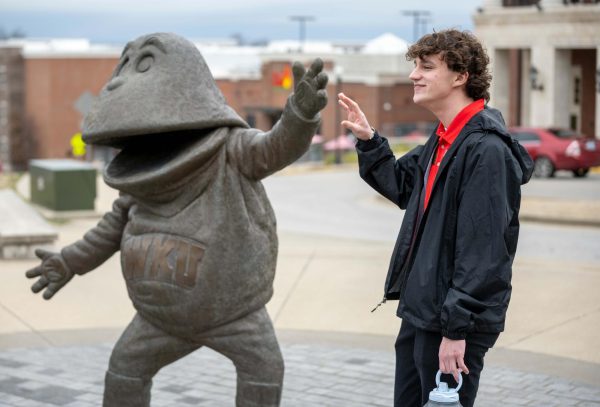
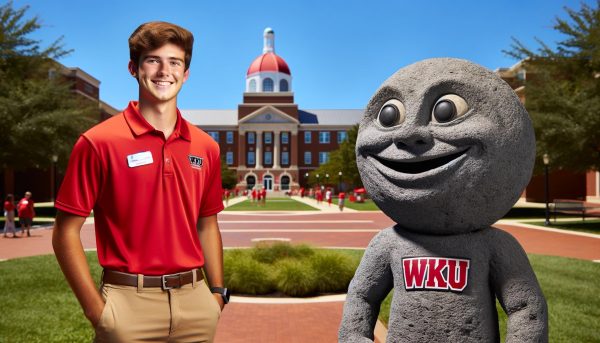
Staff Photographer Eli Randolph can be reached at elijah.randolph903@ topper.wku.edu.




